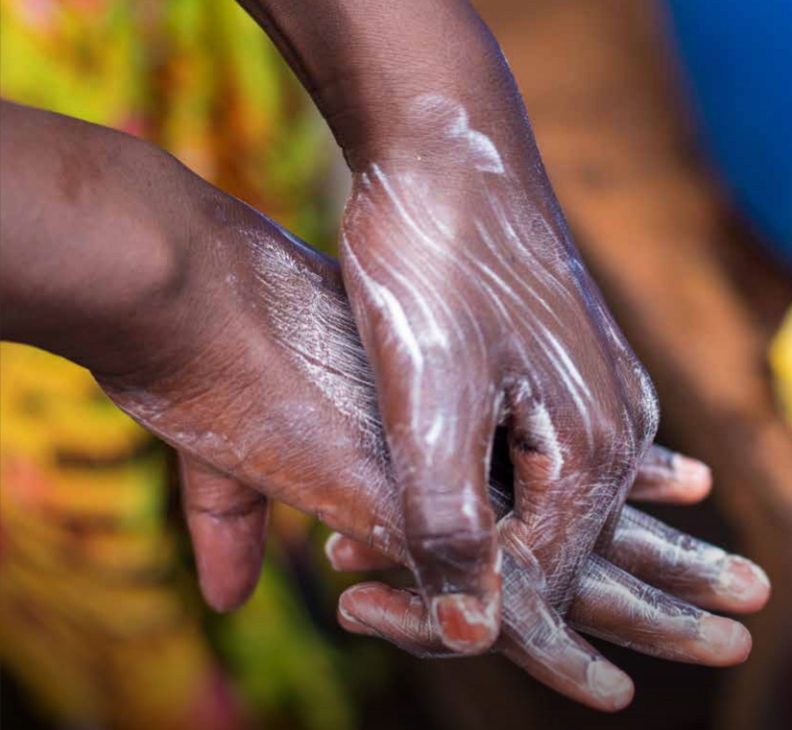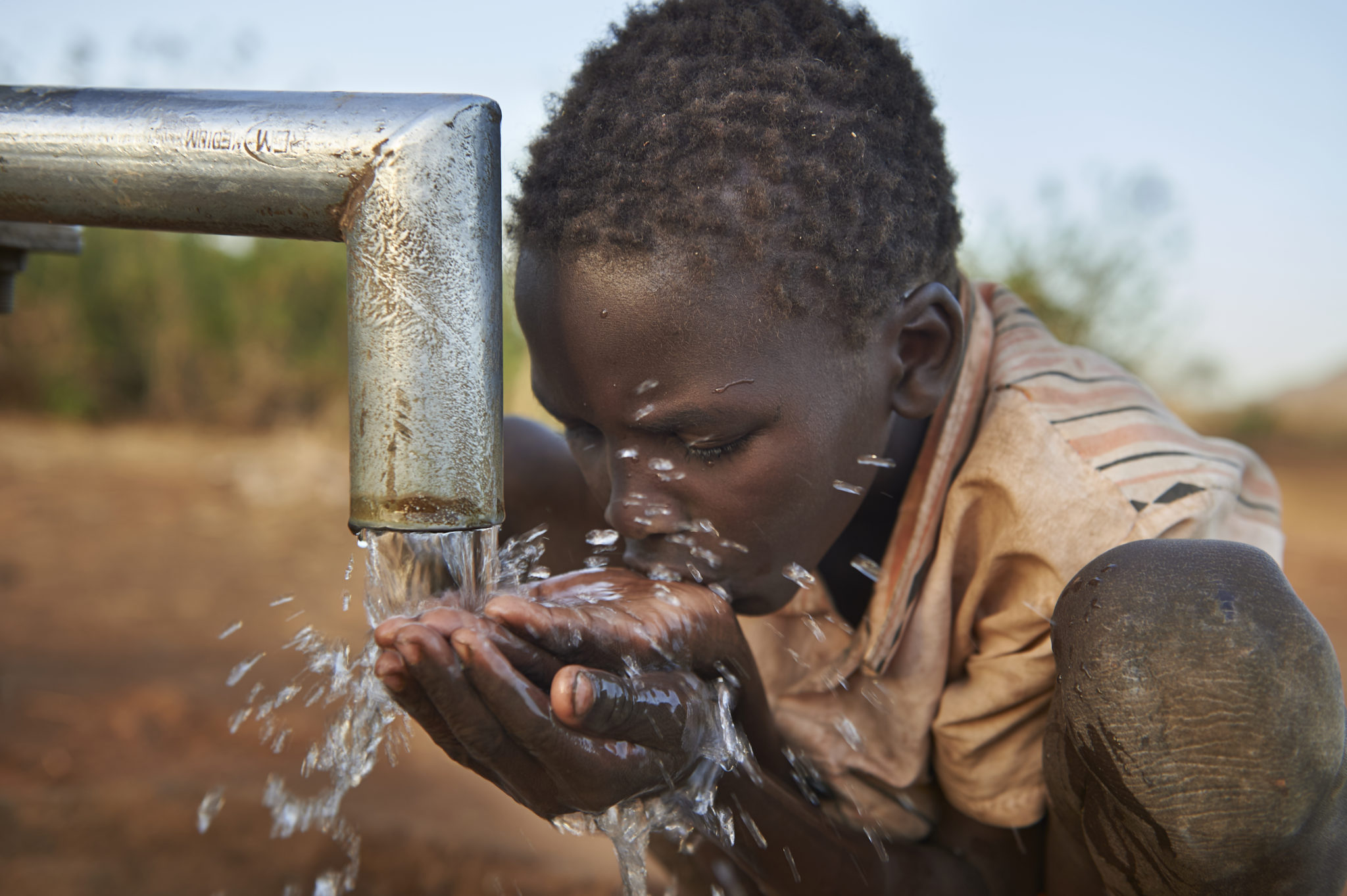State of the World’s Hand Hygiene
A global call to action to make hand hygiene a priority in policy and practice

Sustainable Development Goal (SDG) 6 calls for the global community to achieve access to hygiene for all by 2030. Hand hygiene is one of the most important elements of hygiene. However, both access to the facilities to practise hand hygiene and support for the behaviours required are missing in many settings. According to the 2020 estimates, three out of ten people, 2.3 billion globally, lack a facility with water and soap available to wash their hands at home, including 670 million who have no handwashing facility at all. Facilities are also missing in many health care facilities, schools and public places. In 2019, 7 per cent of health care facilities in sub-Saharan Africa, and 2 per cent globally, had no hand hygiene services at all, and 462 million children attended schools with no hygiene facilities.
The simple act of cleaning hands can save lives and reduce illness by helping prevent the spread of infectious diseases. These diseases can be caused by pathogens (germs) transmitted through the air or via surfaces, food or human faeces. Because people frequently touch their face, food and surfaces, hands play a significant role in spreading disease. It is estimated that half a million people die each year from diarrhoea or acute respiratory infections that could have been prevented with good hand hygiene. As well as preventing a multitude of diseases, hand hygiene can help avoid significant financial costs resulting from sickness and death.
During the COVID-19 pandemic, hand hygiene received unprecedented attention and became a central pillar in national COVID prevention strategies. This has created a unique opportunity to position hand hygiene as an important long-term public policy issue. The evidence shows that hand hygiene is a highly cost-effective investment, providing outsized health benefits for relatively little cost; truly a ‘no-regrets’ investment.
Despite efforts to promote hand hygiene, often supported by the international community and coinciding with epidemics or emergencies, the rates of access to hand hygiene facilities remain stubbornly low. If current rates of progress continue, by the end of the SDG era in 2030, 1.9 billion people will still lack facilities to wash their hands at home. Governments should commit to hand hygiene not as a temporary public health intervention in times of crisis, but as a vital everyday behaviour that contributes to health and economic resilience. The global community finds itself at a unique moment in time – one of both urgency and opportunity. The time to accelerate progress on hand hygiene is now – before the next health crisis is upon us.
2.3 billion people around the world lack basic hygiene services at home
In 2020, 71 per cent of the global population (5.5 billion) had a basic handwashing facility with soap and water available at home. Another 21 per cent (1.6 billion) had handwashing facilities which lacked water or soap at the time of the survey, and 9 per cent (670 million) had no handwashing facility at all. Handwashing estimates were available for only four out of eight SDG regions and for 79 countries, representing 50% of the global population, but few data were available for high-income countries.
818 million children lack basic hygiene services at their school
Handwashing has strong links to health, particularly in public or institutional settings. Despite the importance of handwashing with soap, nearly 818 million children (43 per cent) lacked a basic hygiene service at their school in 2019. Over 462 million children (25 per cent) had no hygiene service at their school. Global coverage of basic hygiene services in schools increased by 1 percentage point per year from 2015 to 2019. Achieving universal access by 2030 would require a four-fold increase in current rates of progress. Coverage of basic hygiene service was lower in rural schools (34 per cent compared to 57 per cent total), and in primary schools (56 per cent) compared to secondary schools (58 per cent).
1 in 3 health care facilities lack hand hygiene facilities at points of care
Health care worker hand hygiene is one of the most effective ways to prevent disease transmission between patients. Handwashing facilities at the toilets can also help reduce the spread of disease between patients. There were insufficient data to calculate a global estimate for basic hygiene services due to a lack of data on the availability of handwashing facilities at toilets, but 68 per cent of health care facilities globally had hand hygiene facilities at points of care. In Eastern and South-Eastern Asia, 38 per cent of healthcare facilities had a basic service. In sub-Saharan Africa, 84 per cent of hospitals had hand hygiene facilities at points of care compared to 69 per cent of other health care facilities.





